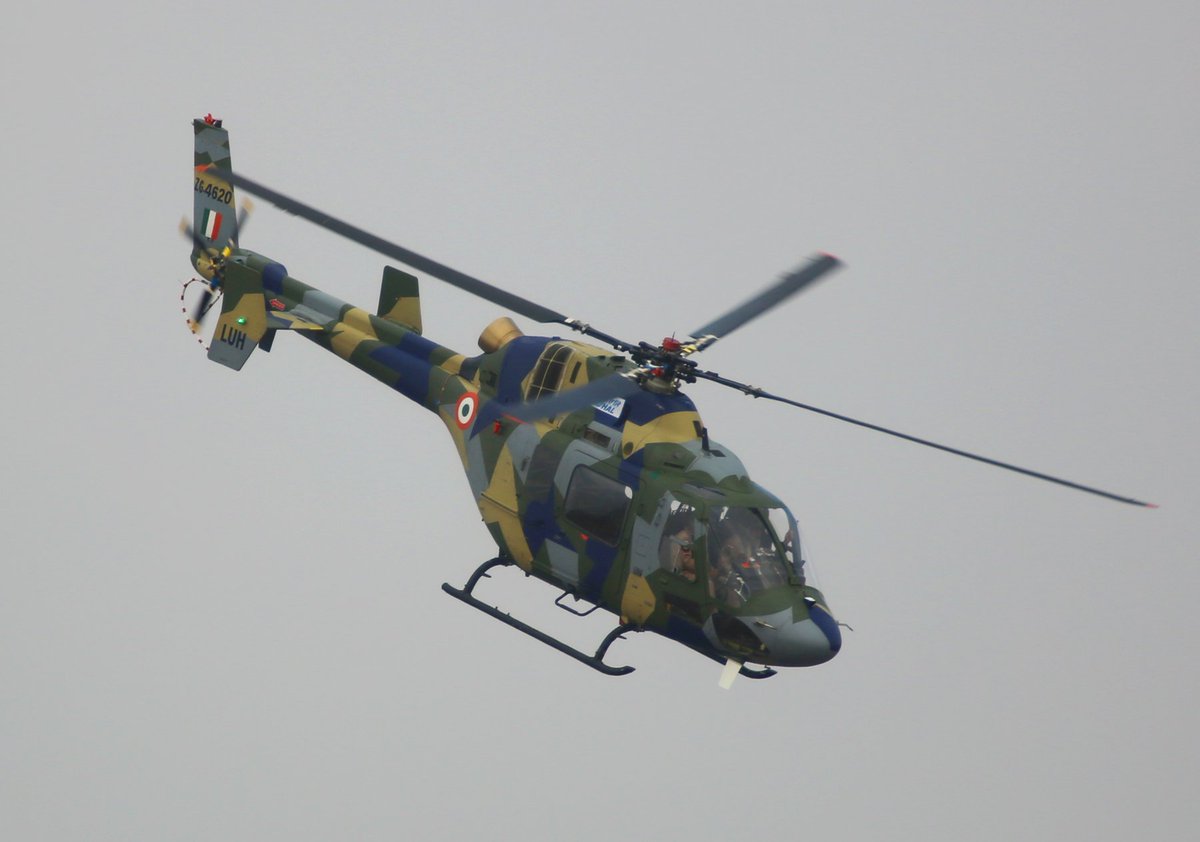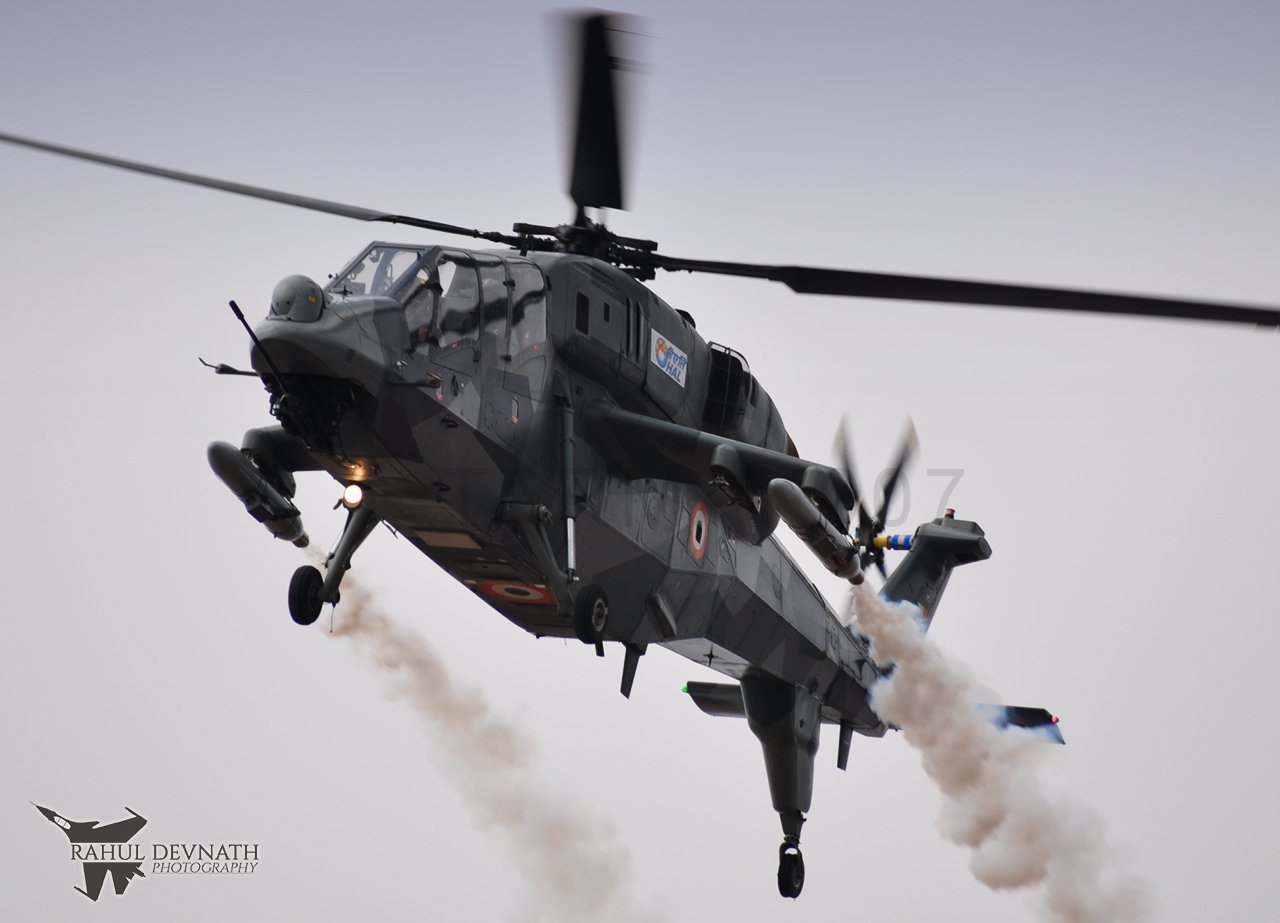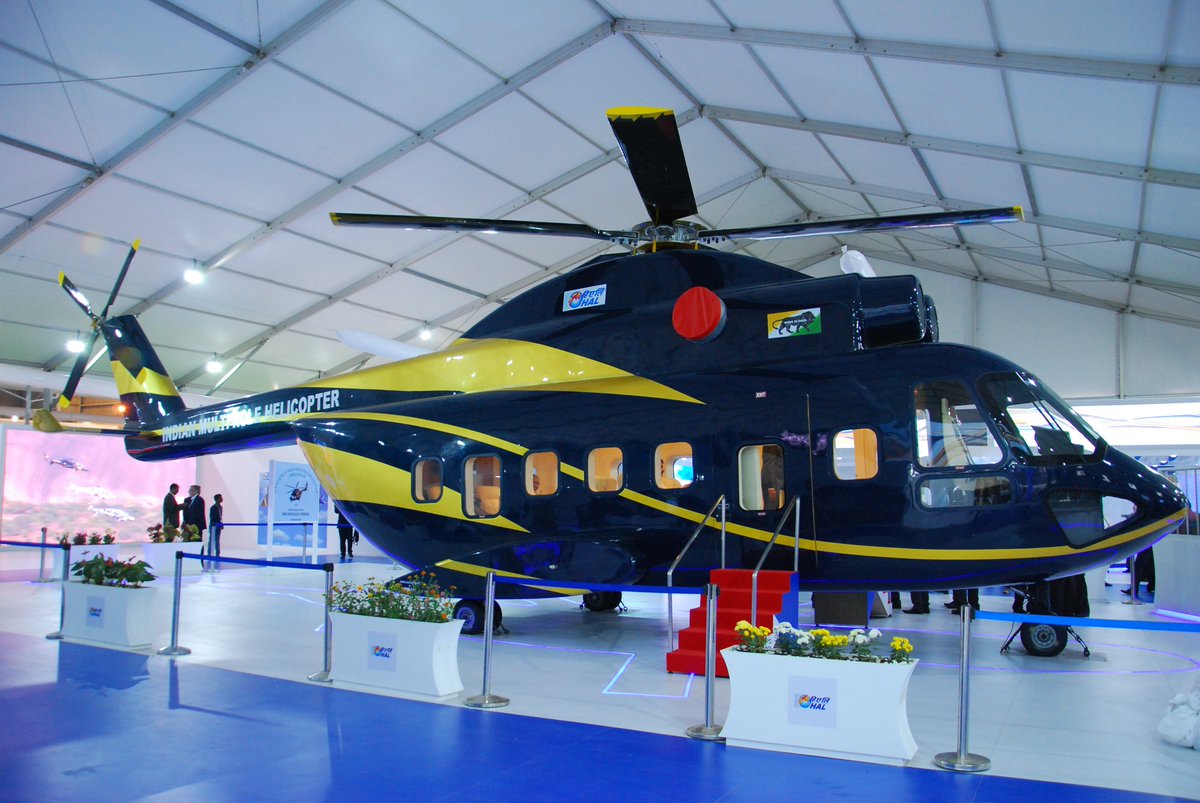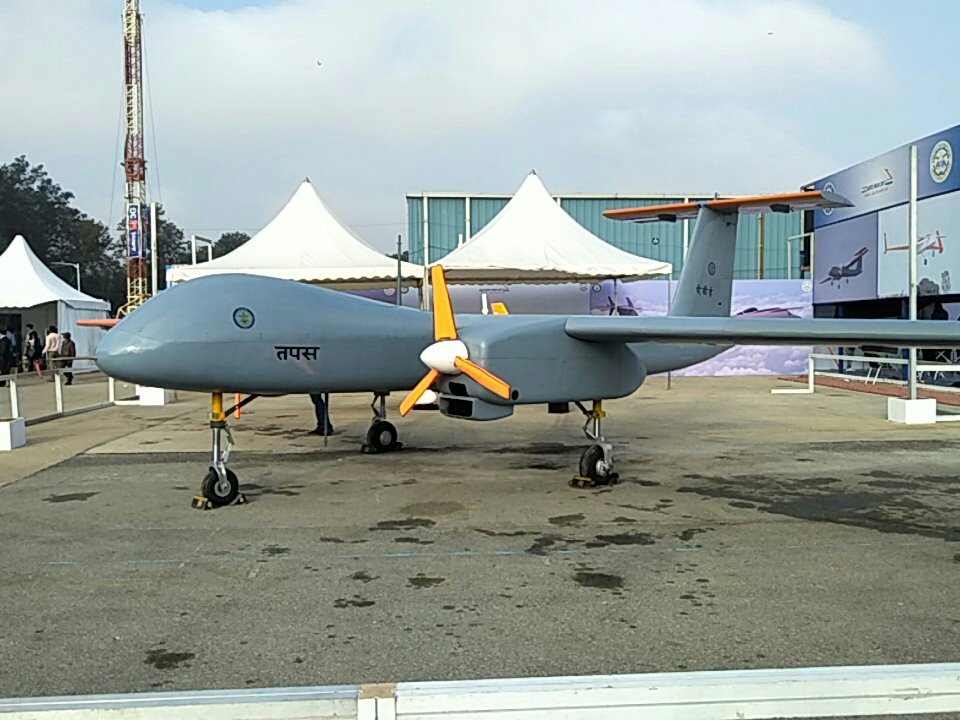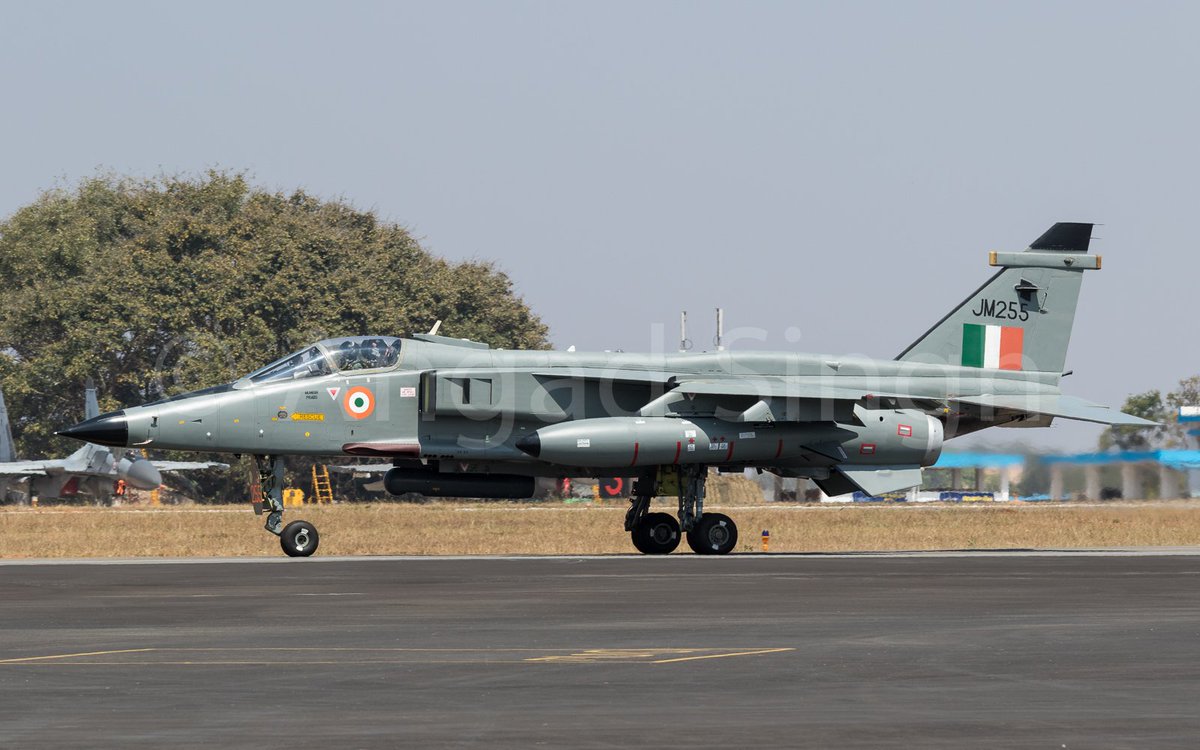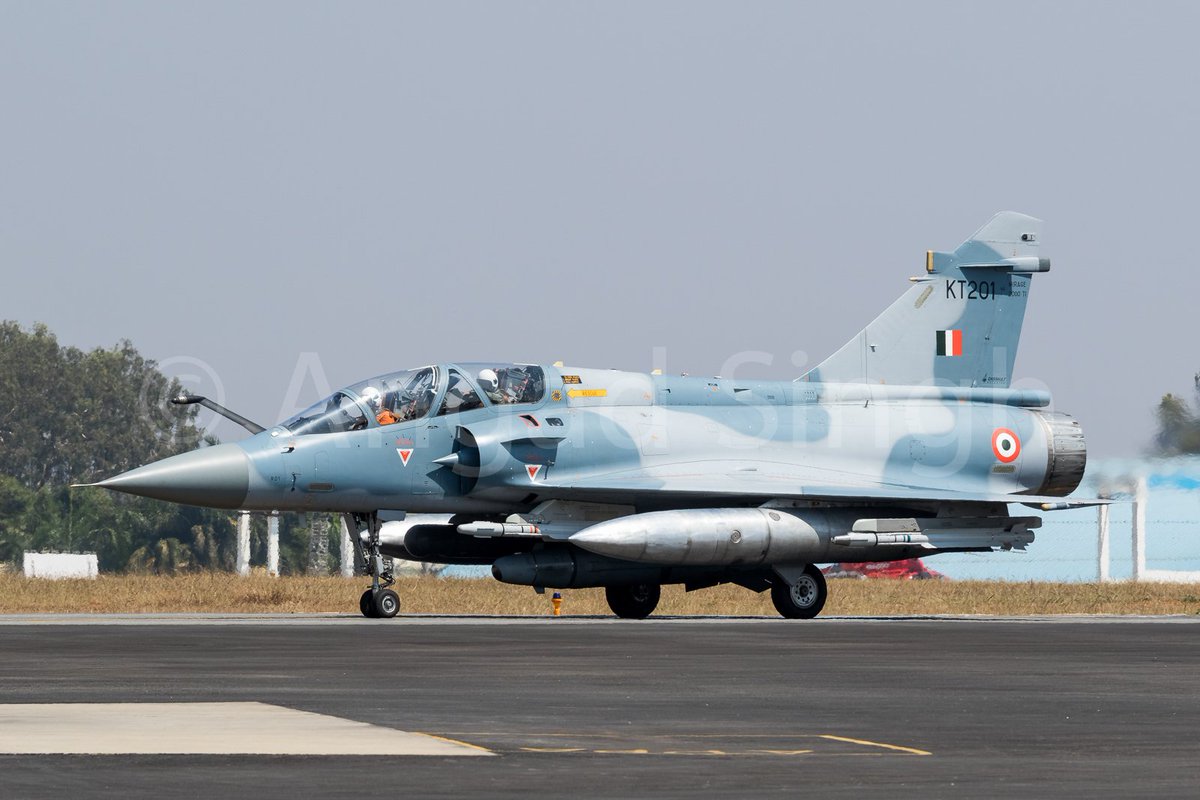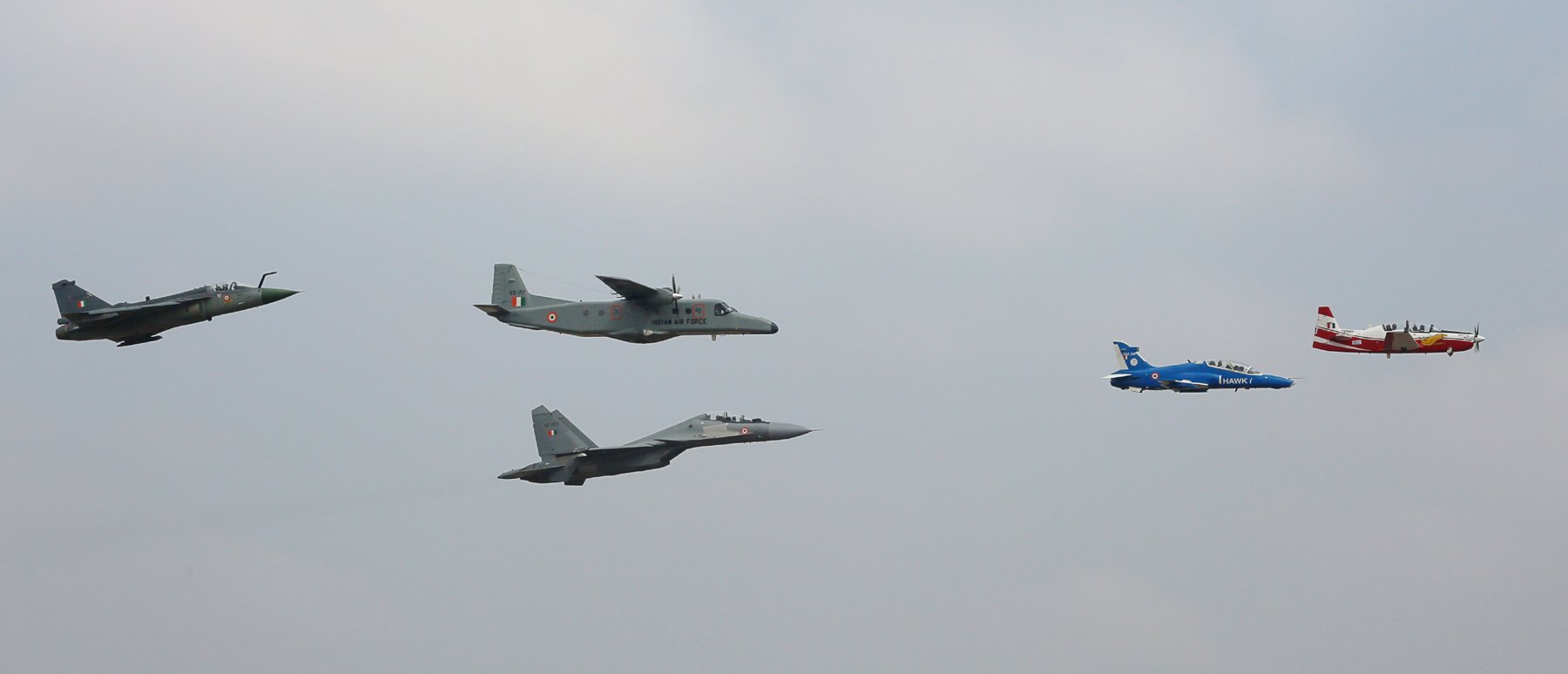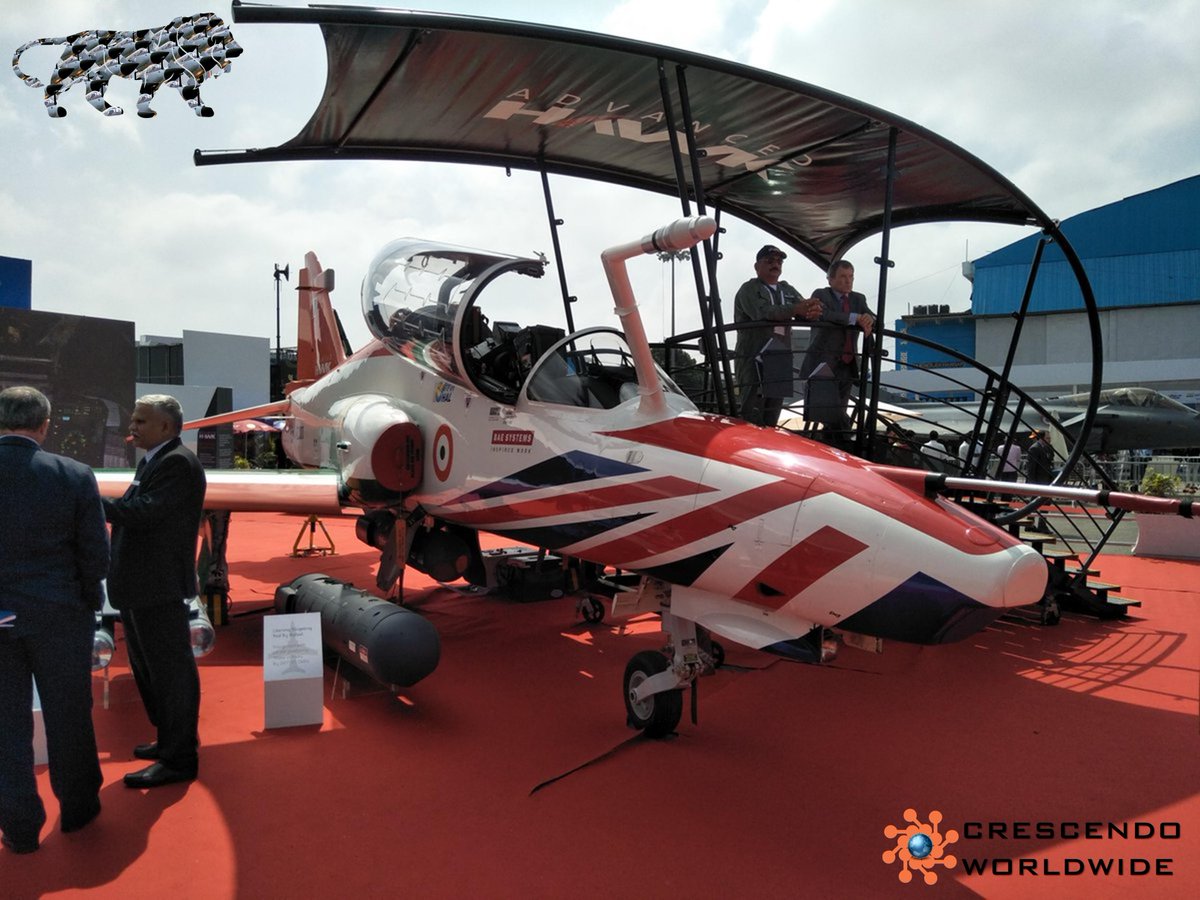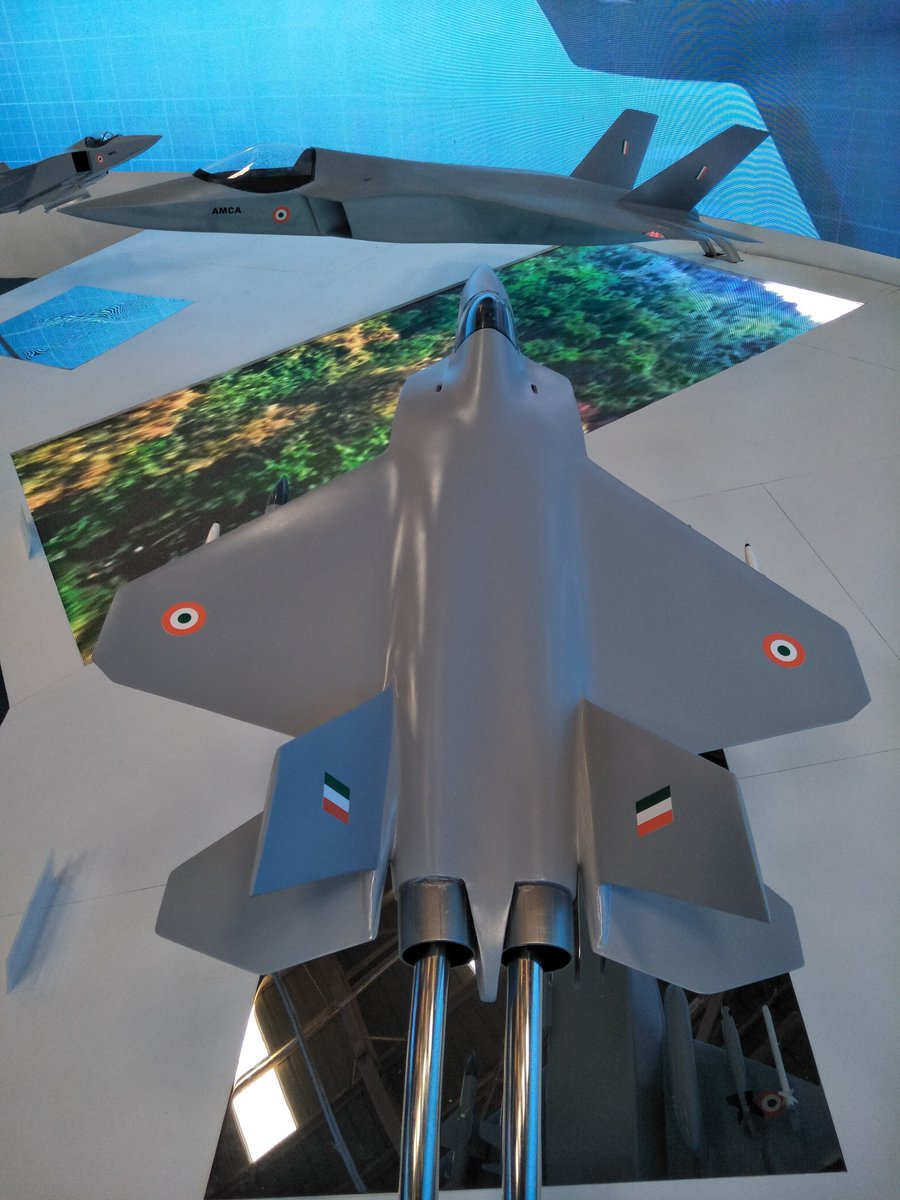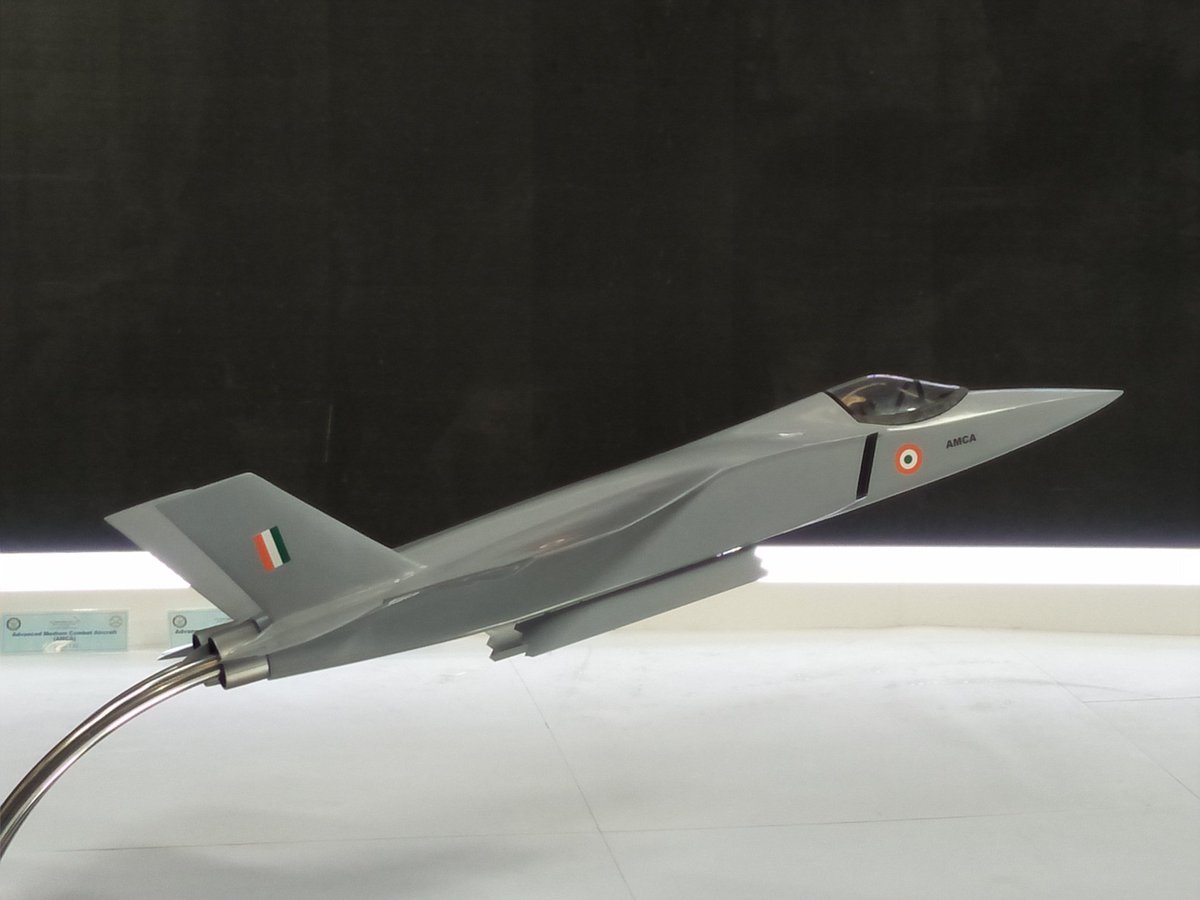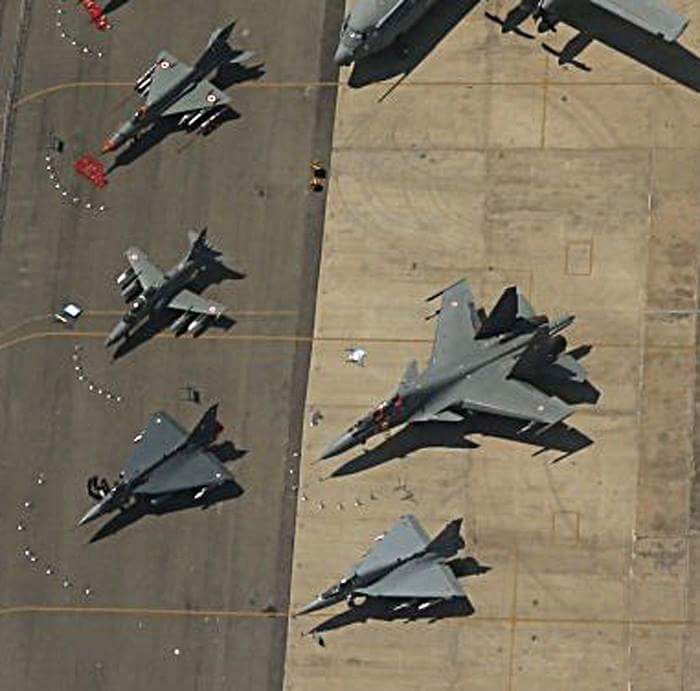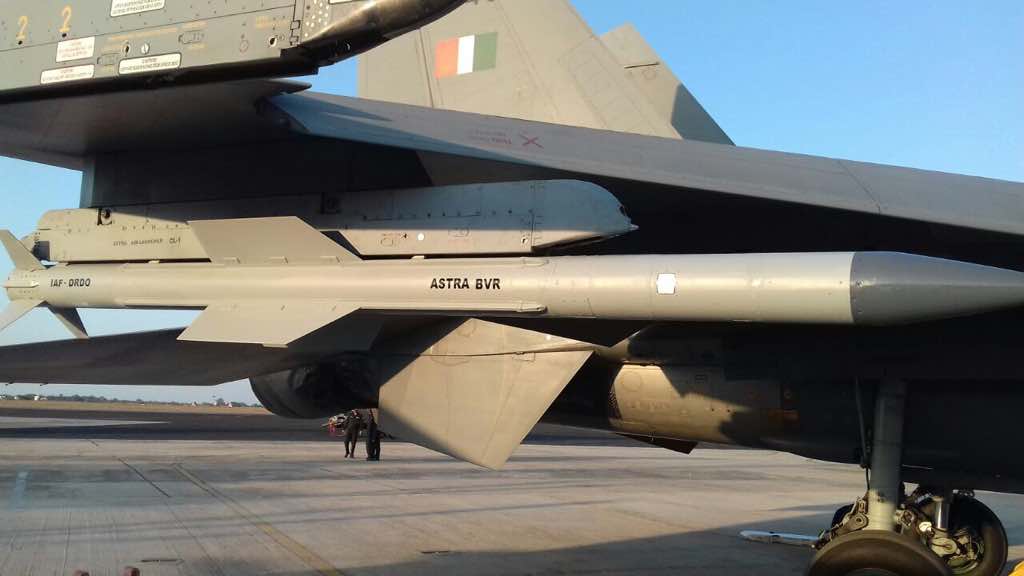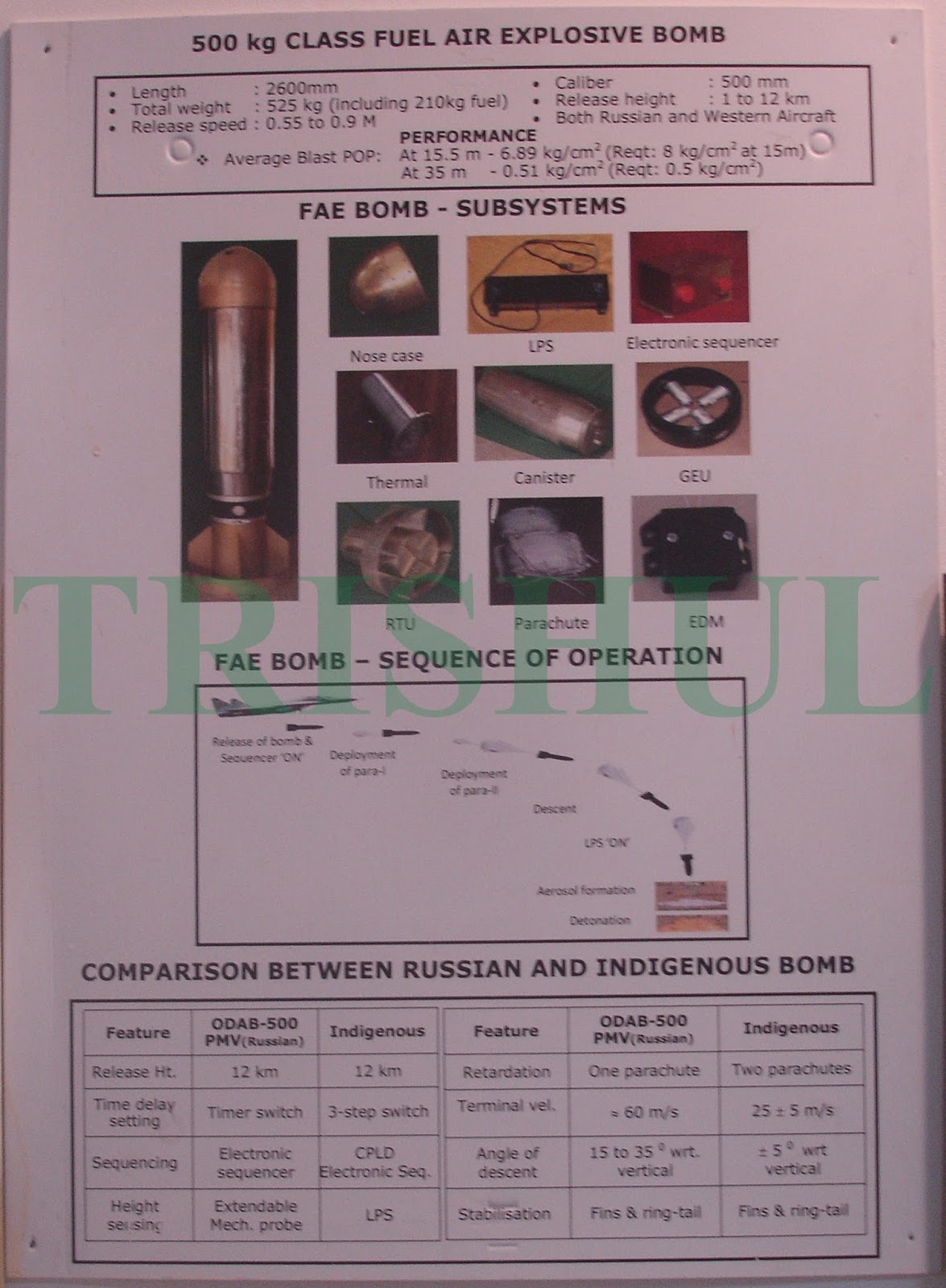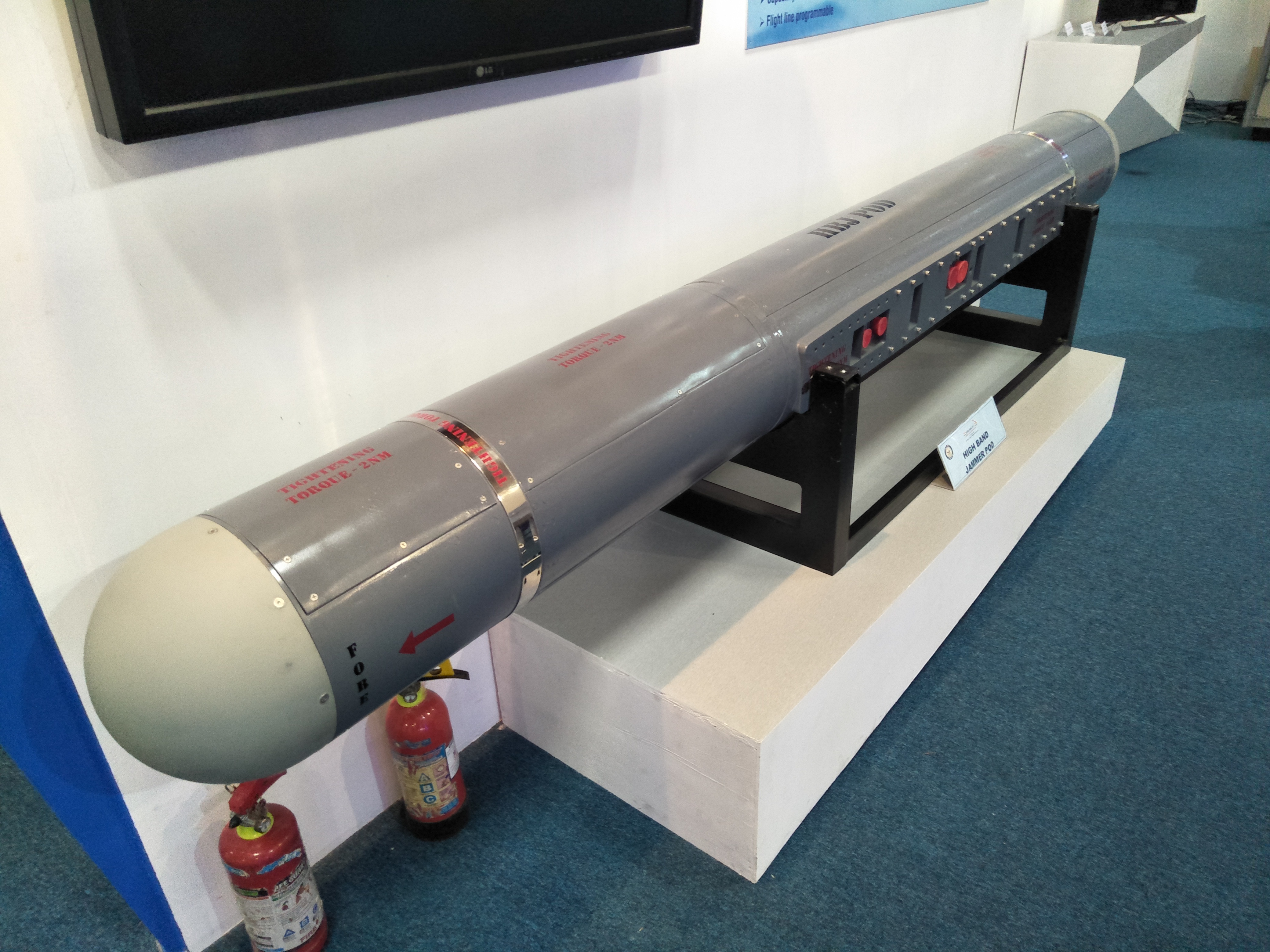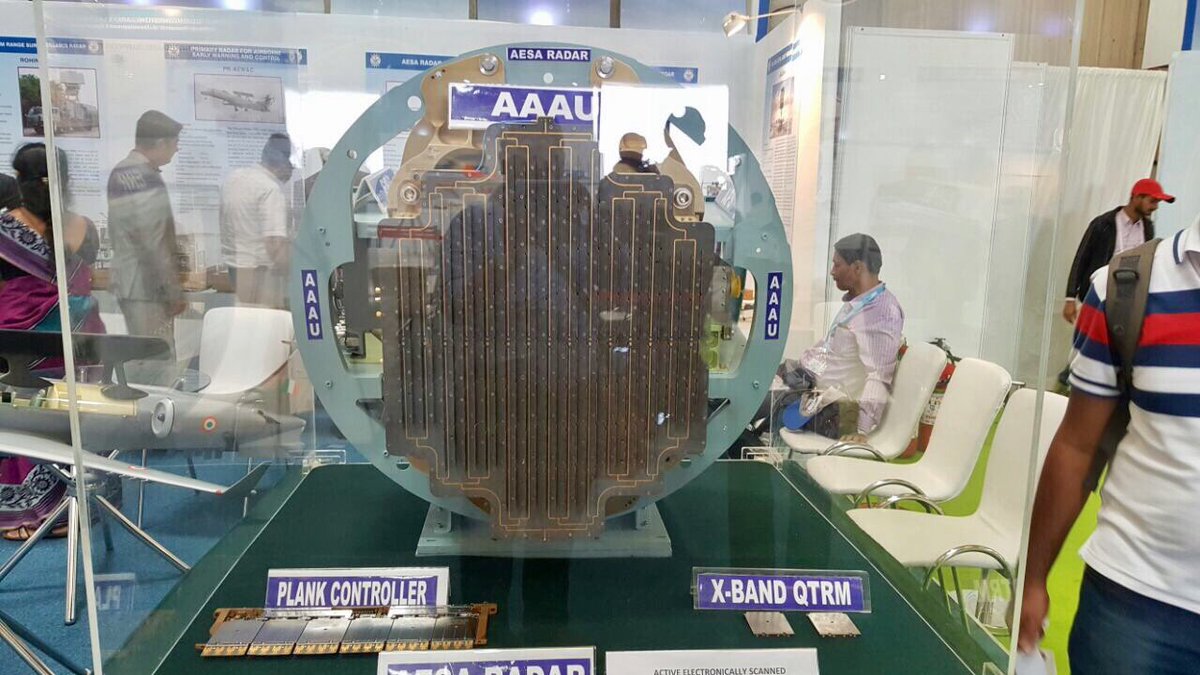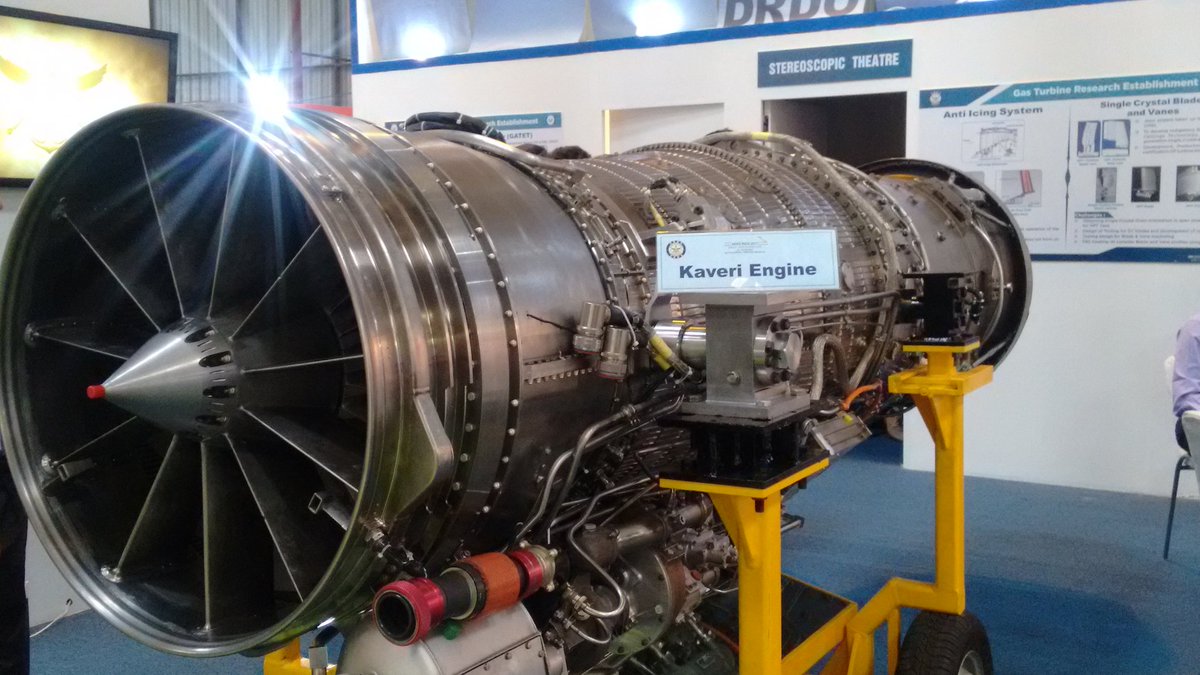shiv wrote:
In the first place -even at the best of times they cannot fly within 50-100 km of a hostile border. This means that 75% of AWACS coverage is inside one's own territory (since AWACS eyes are circular - most of that circle remains inside one's own territory). Air forces and navies comparable in size to the IAF/IN like the UK and France do not operate AWACS in numbers that are disproportionately higher than what we have.
So why has the US gone apeshit and procured AWACS in such huge numbers? That is because they sit well outside US territory - monitoring large areas of ocean and faraway lands that do not have the capability to take down US fighters. The US has AWACS circling over Afghanistan, Iraq and Saudi Arabia and Japan
UK and France usually will operate within NATO ambits, so they have US AWACS already. In many ways, we should count the US AWACS fleet withinthe UK/France force numbers, for most of their operations. When they have unkil ka lamborghini to play with, Why pay for their own? Also, in terms of area to protect, they have almost no threats like the ones we face (IOR + Western Border + North + East).
shiv wrote:
Our own AWACS are unlikely t be used for Amreeki ishtyle AWACS led attack formations over hostile territory. Our AWACS will most likely stay inside and monitor our airspace and help vector air defences against intruders. They will probably provide coverage where our land based radars lack coverage.
In fact balloon mounted radars or radars on mountaintops can provide (for us) the same depth of coverage into hostile terrain 24x7 at 1/10th cost (or less)
Few points to this:
1) Aerostats are fixed, easy to find, tough to redeploy quickly, and easy to target. Moreover, they give pretty obvious indicators of radar blind spots. AWACS are more easily redeployable, so blind spots are not obvious to the enemy. Plus, in a shooting war, these lumbering ones (on ground or aerostat) will be the first to be targetted. Vivek Ahuja's scenarios were quite interesting in terms of how that might happen.
2) Aerostats typically cant operate much higher than 15,000 ft altitude. So impossible to operate in mountains. AWACS can easily fly at 30k+ altitudes. So thats there.
3) Another point about high altitude operation - Imagine what that does for your Line of Sight - at 5000 m *above ground*, LoS is 250 km. At 10,000 m, that increases to 357 km. But now, Imagine if your aerostat is above to tether only 2000 m above a 3000 m high base - LoS is now only 160 km. Barely useful for early detection of air targets flying nape-of-the-ground, or within valleys. So depth of coverage is vastly inferior to AWACS.
4) Same issue goes for ground based radars - even if they are RIGHT ON TOP of the mountains (unlikely - Bharni is a small exception, but its not that powerful), they will not be able to see nape of the earth aircraft till they're too close. And if they are below in the valley, then forget about having any useful detection range unless they want to see aircraft flying at 50k ft. So that takes away the entire eastern and Northen sector. In flat terrain on the western sector, its slightly better, but the other disadvantages still come into play.
btw, Its fun to pop in again after a year of occasional lurking. I'll probably vanish again soon to go back to working on actual radar stuff

.
